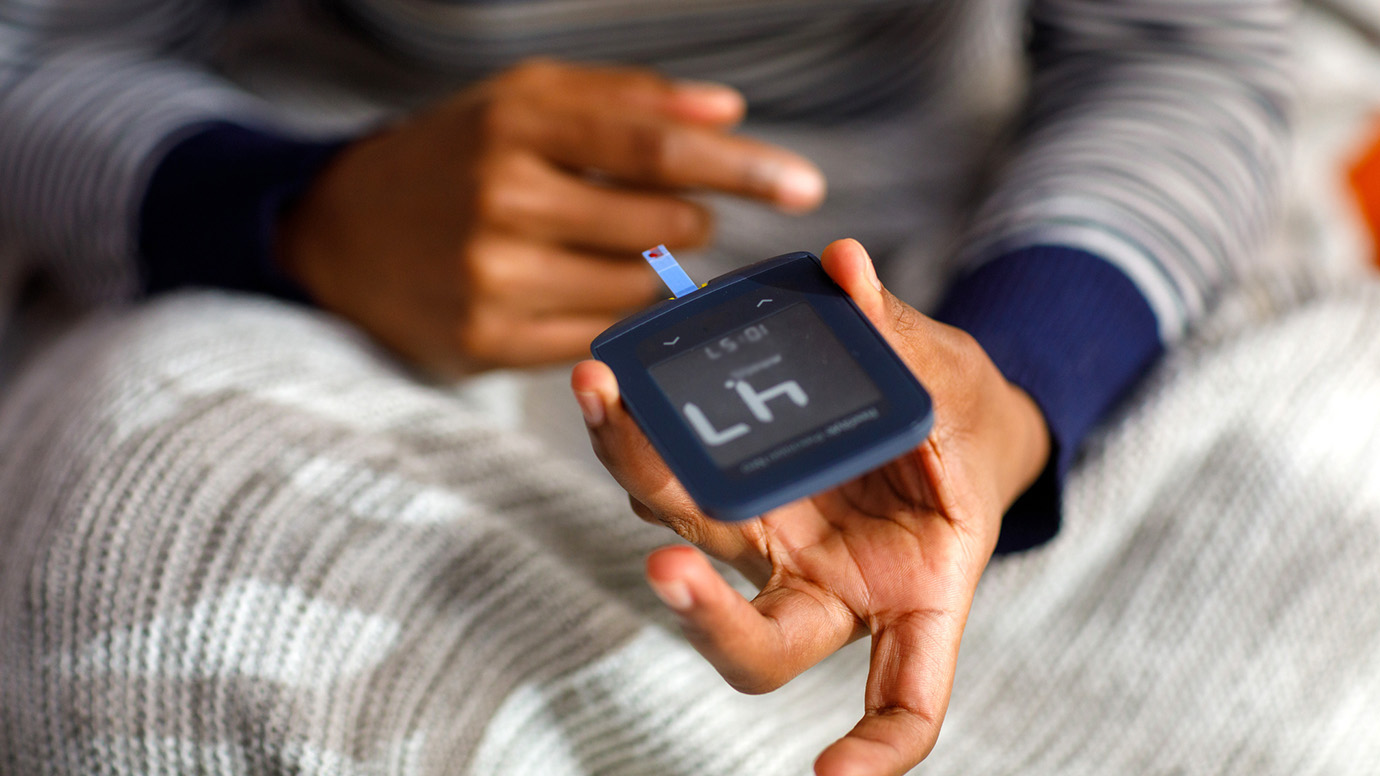Why Every Insulin Prescription Needs a Glucagon Companion
Written by: Daniel Trecroci
4 minute read
August 25, 2025
Insulin saves lives, but it can also cause lows. Hypoglycemia is common for people living with type 1 diabetes, and even those with type 2 on long-term insulin face serious risks. Skipped meals, extra activity or misjudged insulin doses make lows hard to predict. That’s why every insulin prescription should come with glucagon—a fast-acting rescue tool that can reverse a severe low in minutes.
If insulin is the lifeline, glucagon is the safety net.
In this article, we’ll explore:
- What glucagon is and why it matters.
- Why hypoglycemia happens—even with careful management.
- How glucagon can protect households and save lives.
- Who should carry it and when to use it.
- How to make glucagon part of everyday preparedness.
- Ways to build a simple, effective safety plan.
What is glucagon, and why does it matter?
Glucagon is a hormone that raises blood sugar fast. It’s your emergency tool when blood sugar levels drop too low.
For people who take insulin, lows can happen suddenly and be dangerous.
That’s where glucagon steps in. It tells the liver to release sugar into the blood, helping you feel better within minutes.
In a severe low, glucagon can be life-saving. It’s simple, powerful and should always be close by.
Hypoglycemia happens—even with careful management
You can do everything right, and low blood sugar can still sneak up.
One minute you feel fine, the next you’re shaky, dizzy or confused.
These lows aren’t your fault—they’re part of life with insulin. That’s why being ready matters. Having glucagon nearby means you’re prepared—not panicked—when the unexpected strikes.
Glucagon is the safety net every household needs
If insulin is the lifeline, glucagon is the backup plan.
Pairing them isn’t just smart—it’s essential.
Doctors and advocates now say glucagon should be part of every diabetes toolkit. It’s easy to use and works fast during a severe low.
For caregivers of people with diabetes who take insulin, glucagon is a game-changer. You don’t need to be a medical expert to save a life. Just knowing:
- Where glucagon is stored
- How to use it
…can make all the difference.
Who needs glucagon—and when to use it
Anyone with diabetes who takes insulin should carry glucagon.
But they’re not the only ones.
Parents, teachers, coaches and coworkers should know where it is and how to use it too.
Use glucagon when someone with diabetes:
- Is confused or disoriented.
- Can’t eat or drink.
- Passes out.
That’s when glucagon is the right move. It’s fast, safe and can save a life before help arrives.
Making glucagon the new standard for preparedness
“Glucagon isn’t a nice-to-have—it’s a must,” says Melanie Batchelor, MHS, RD, LDN, CDCES. “Doctors, pharmacists and families should treat glucagon like any other essential diabetes tool. The next time you refill your insulin, ask for glucagon too. It’s a simple step that can save lives.”
Once you have your glucagon, Batchelor advises storing it in easy-to-reach places like:
- Backpacks
- Purses
- First-aid kits
“Practice how to use it before you need it,” says Batchelor. “Many kits come with trainers. The goal: make glucagon part of everyday readiness, not just emergencies.”
You’re not alone—build your hypoglycemia safety plan
No one should face low blood sugar alone.
Talk openly with family, friends and caregivers about what to do in an emergency.
Create a simple plan:
- Who knows where the glucagon is?
- Who can use it if needed?
- Have you practiced together?
Readiness isn’t just smart—it’s lifesaving.
When everyone’s on the same page, diabetes care becomes safer, stronger and part of everyday life.
This content was made possible by Amphastar Pharmaceuticals, Inc. an active partner of Beyond Type 1. Beyond Type 1 maintains editorial control over its content.

Author
Daniel Trecroci
Daniel Trecroci has been writing about diabetes for over 20 years. As one of the original team members at Diabetes Health, he spent more than a decade as Managing Editor, publishing thousands of articles and helping to establish the outlet as a leading resource for people living with diabetes. He later served as Content Manager for OneTouchGold, Johnson & Johnson/LifeScan’s official digital publication. Under his leadership, OneTouchGold earned the Web Marketing Association’s award for “Best Health & Wellness” website. Daniel has also written for Diabetes Research Institute, dLife, diaTribe, Healthline, CareDx, Pendulum Therapeutics, and Hero Bread.
Related Resources

You race up the stairs, glucagon in hand. Behind the door, your mom is unconscious,...
Read more

A diabetes diagnosis doesn’t mean your sex life is off-limits. It's still yours to enjoy—just...
Read more

If you have diabetes, you know insulin affects low blood sugar (hypoglycemia), but it’s not...
Read more

